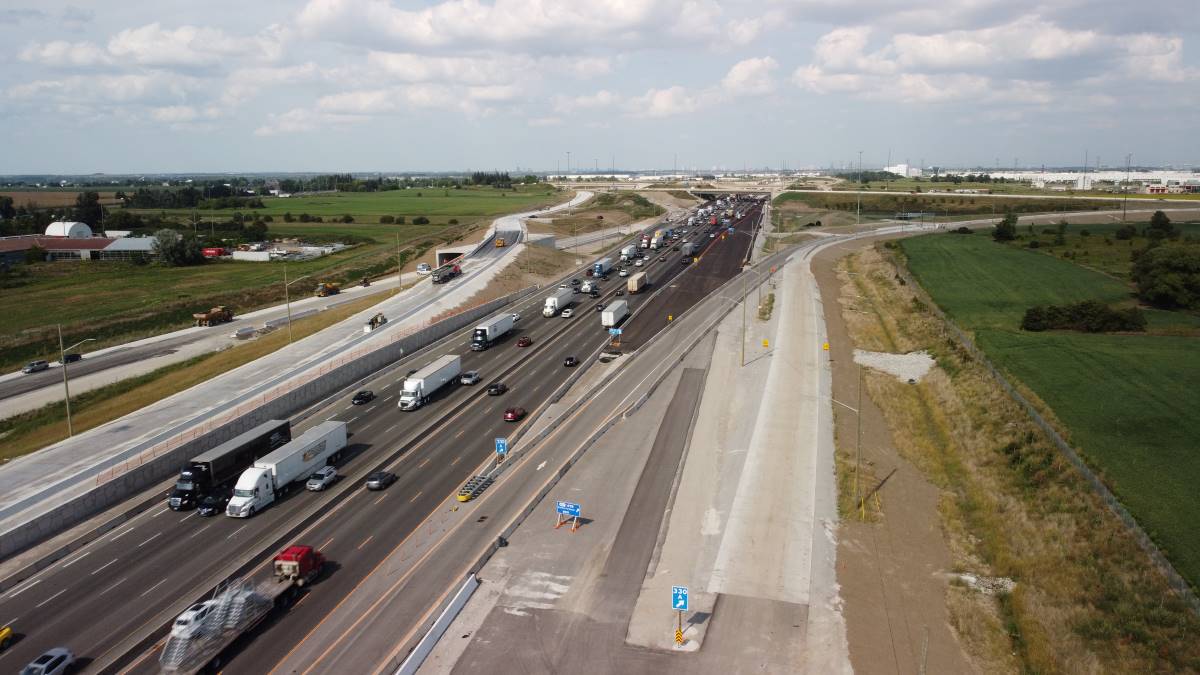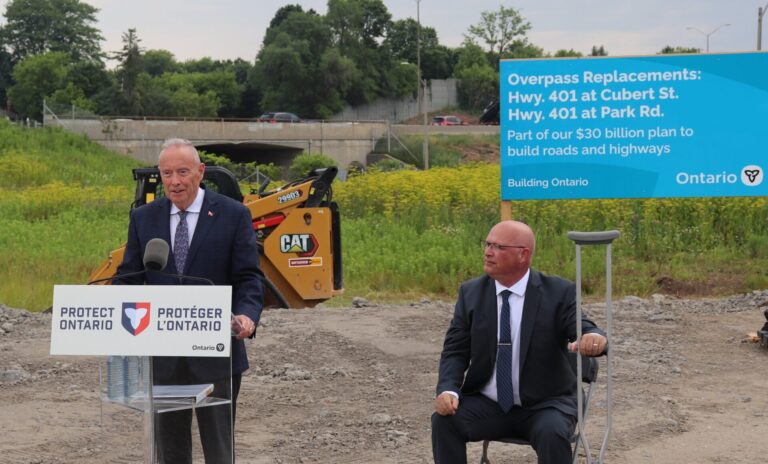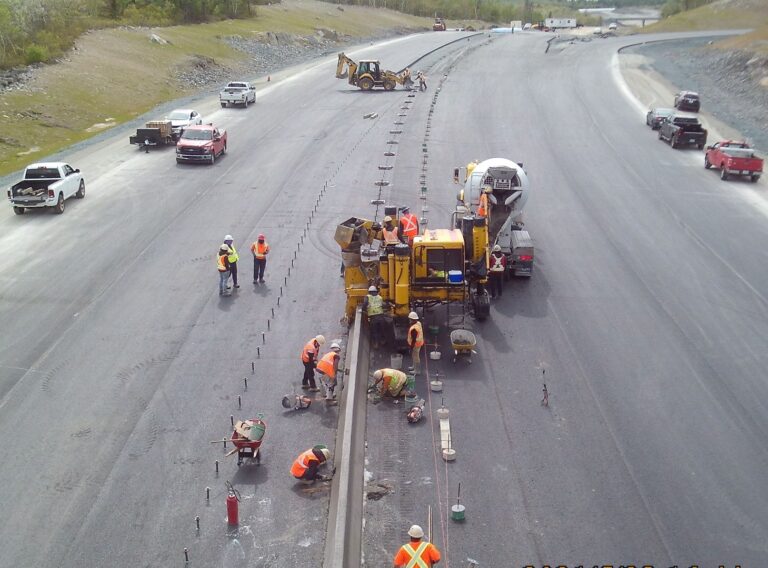The Financial Accountability Office of Ontario (FAO) released its Costing Climate Change Impacts to Public Transportation Infrastructure report, the latest in a series of reports analyzing Climate Impacts on Public Infrastructure (CIPI). This report examines how changes in extreme rainfall, extreme heat and freeze-thaw cycles will impact the long-term costs of maintaining public transportation infrastructure in a state of good repair.
The roads, bridges, large structural culverts and rail tracks owned by Ontario’s municipal and provincial governments are valued at $330 billion (all costs are in 2020 real dollars). Ontario’s 444 municipalities own 82 per cent of this portfolio while the remaining 18 per cent is owned by the province.
Maintaining public infrastructure in a state of good repair helps to maximize its benefits in the most cost-effective manner over time. Over the next nine years (to 2030), maintaining this portfolio would have cost $11 billion per year on average if the climate was stable. However, changes in extreme rainfall, extreme heat, and freeze-thaw cycles are projected to raise these infrastructure costs by $1.5 billion per year on average. These climate-related costs would accumulate to $14 billion by 2030.
Over the long term, additional climate-related costs will depend on the extent of global climate change. In a medium emissions scenario, where global emissions peak by mid-century, these climate hazards would increase infrastructure costs by $2.2 billion per year on average in the absence of adaptation, totalling $171 billion in additional climate-related costs by 2100. In a high emissions scenario, where global emissions continue rising throughout the century, these costs would instead increase by $4.1 billion per year on average, totalling $322 billion by 2100.
However, transportation infrastructure can be adapted to withstand these changing climate hazards. Adapting public transportation infrastructure would add between $110 billion to $229 billion to infrastructure costs relative to a stable climate scenario by 2100. This represents an average annual cost increase between $1.4 billion and $2.9 billion per year. While these additional climate-related costs are significant, they are less expensive for provincial and municipal governments than not adapting over the long term.
Given the long useful lives of public transportation infrastructure, late-century climate conditions are relevant to adaptation decisions being made now. These decisions will impact public infrastructure costs now, and throughout the century.
The report also states:
- Over the next nine years (to 2030), maintaining this portfolio would have cost $11 billion per year on average if the climate was stable. However, changes in extreme rainfall, extreme heat, and freeze-thaw cycles are projected to raise these infrastructure costs by $1.5 billion per year on average. These climate-related costs would accumulate to $13 billion by 2030.
- Over the 1976-2005 period, there were on average four days every year with daily maximum temperature above 30°C. Ontario’s annual number of hot days in the 2071-2100 period are projected to be 34 days in the median projection of the high emissions scenario.
- Over the 1976-2005 period, there were on average 103 mm of rain in 24 hours during a 1-in-100-year rainfall event. By the 2071-2100 period, there is projected to be 158 mm of rain in 24 hours during a 1-in-100-year rainfall event on average across Ontario in the median projection of the high emissions scenario.
- Costing the economic impacts to households and businesses of climate-related disruptions to transportation networks was beyond the scope of this report. These costs would be material and if added, would likely show further benefits of adapting public transportation infrastructure. Estimating these impacts would be a useful area of future research.
Featured image: Ontario’s Highway 401 in the west end of the GTA. (Infrastructure Ontario)











